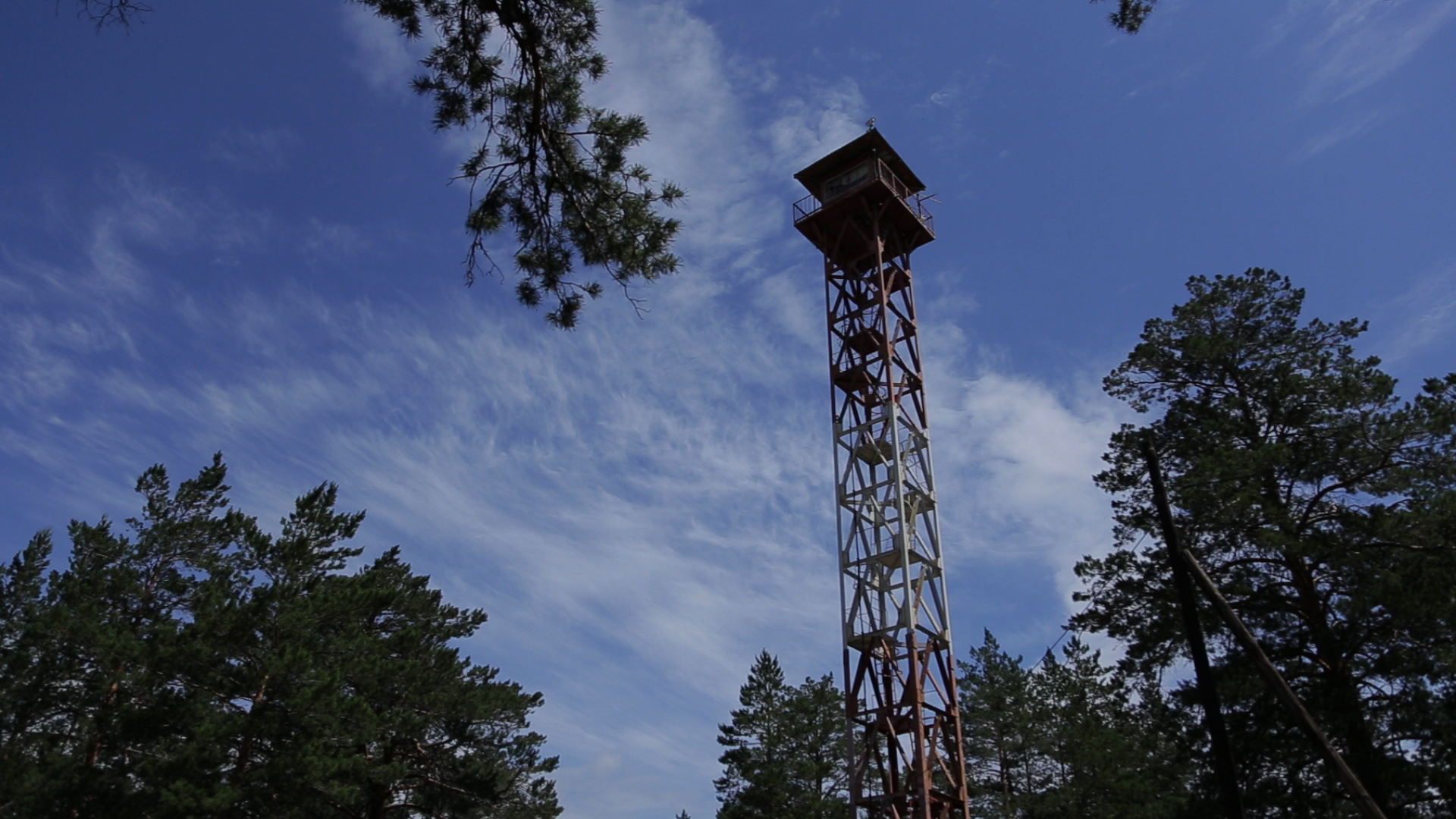
Share
Forest restoration, fire prevention and participatory forest management bring multiple benefits in Kazakhstan
The sweeping and largely arid lands of Kazakhstan may not immediately conjure up images of a Garden of Eden - although the country is home to the original wild apple and one of the largest forest covers in Europe and Central Asia. Despite this, overall forest scarcity in Kazakhstan – and recognition of the substantial economic and environmental benefits that forests provide - is driving current efforts to protect and grow these fragile natural resources.
“The [recently completed] Forest Protection and Reforestation Project (FPRP) is symbolic of how much the people of Kazakhstan value their forests,” noted World Bank Senior Natural Resources Management Specialist Angela Armstrong, who spearheaded the FPRP. “Even in a time of multiple development challenges, they have prioritized this project and are moving forward with scaling it up.”
The FPRP took a dual approach to enhancing forests in Kazakhstan: improving the productive capacities for restoration and replanting on one hand, and minimizing the damaging impacts of forest fires on the other.
In Semey Ormany, a new, state-of-the-art seed complex and nursery will help expand yearly planting and increase seedling survival rates. More than 46,000 hectares (ha) of Irtysh Pine forest - which had been badly degraded due to extensive forest fires in the late 1990s and early 2000s – were rehabilitated.
At the same time, a new system using computers to track information from cameras mounted on watchtowers means that forest fire can be detected 5 to 25 minutes faster than by human detection alone. This information system is the first of its kind among Commonwealth of Independent State (CIS) countries, and along with training and brand new fire-fighting equipment, is enabling firefighters to respond more quickly to outbreaks.
“Improving forest fire prevention, detection and suppression over a large, fire-prone area has a significant impact on mitigating carbon emissions, as well as adaptation as climate change leads to drier and hotter conditions that increase the risk of fires,” explained Armstrong.
Part of the FPRP’s success can be linked to forest management approaches that encourage community involvement, such as by giving public unions the right to maintain and use forest resources. This is a notable shift given Kazakhstan’s history of state-owned and controlled forest resources - a policy that often barred communities from accessing nearby forests, and was sometimes linked to illegal logging.
Now, new follow-up work will build on the FPRP’s participatory methods, including using PROFOR funding to better understand the potential of different private, public and civil society stakeholders in maintaining Kazakhstan’s forests. In particular, this PROFOR activity will investigate the economic and social benefits of establishing large-scale plantations together with communities and businesses; whether such a venture would require government-financed incentives; and how small and medium-sized enterprises might stand to prosper in the processing of plantation outputs.
“This new project is expected to generate significant rural employment while also increasing carbon sequestration and reducing greenhouse gas (GHG) emissions,” said Armstrong.
Indeed, the Food and Agriculture Organization of the United Nations (FAO) calculated that the value of mitigated GHG emissions as a result of the FPRP comes to US$306 million over 20 years (using a social value of carbon at US$21/ton).
These multiple wins – and the opportunity to magnify these gains - underscore how, even in naturally dry climates, forests have a vital role to play in supporting livelihoods, ecosystems, and global climate stability.
For stories and updates on related activities, follow us on twitter and facebook, or subscribe to our mailing list for regular updates.
Last Updated : 06-16-2024








